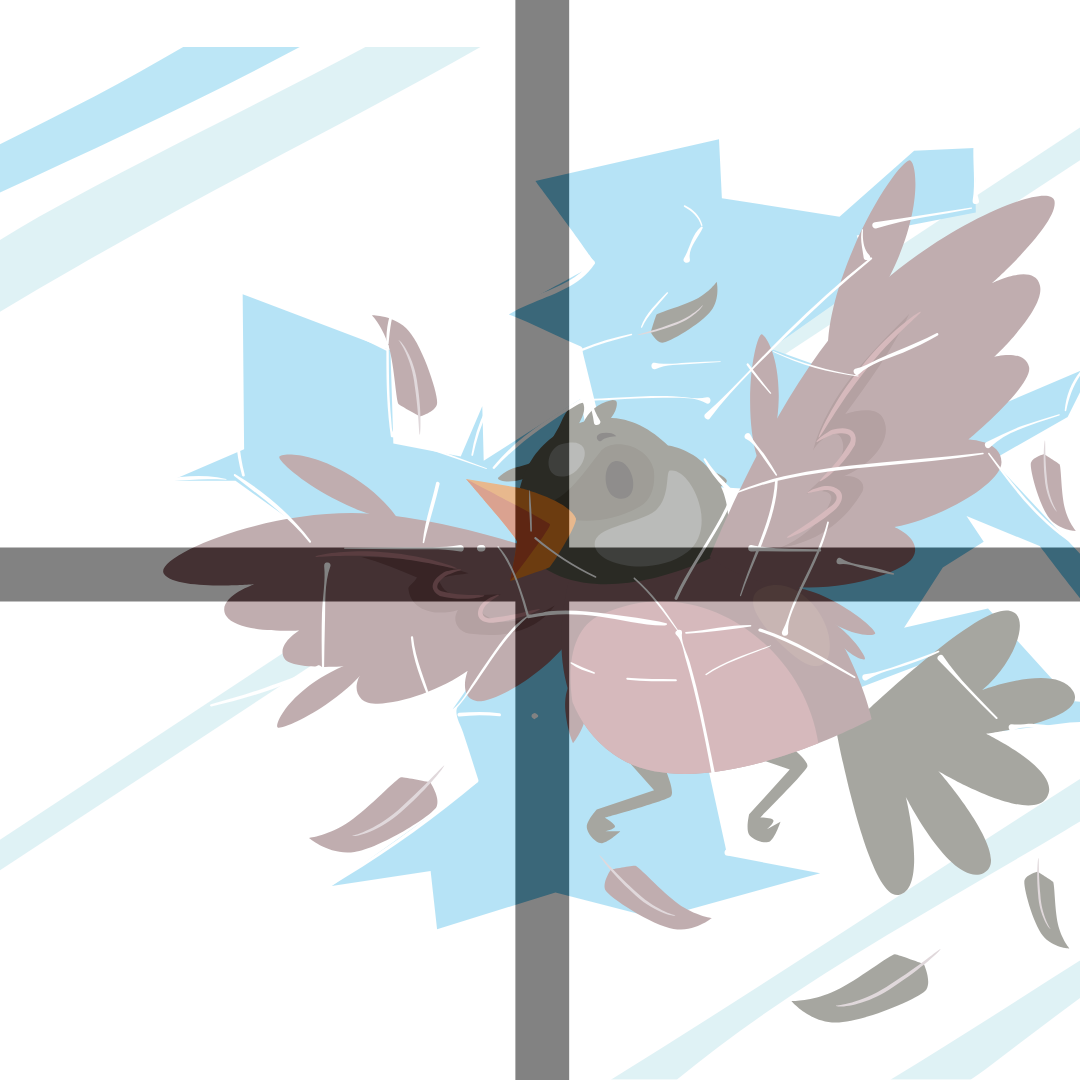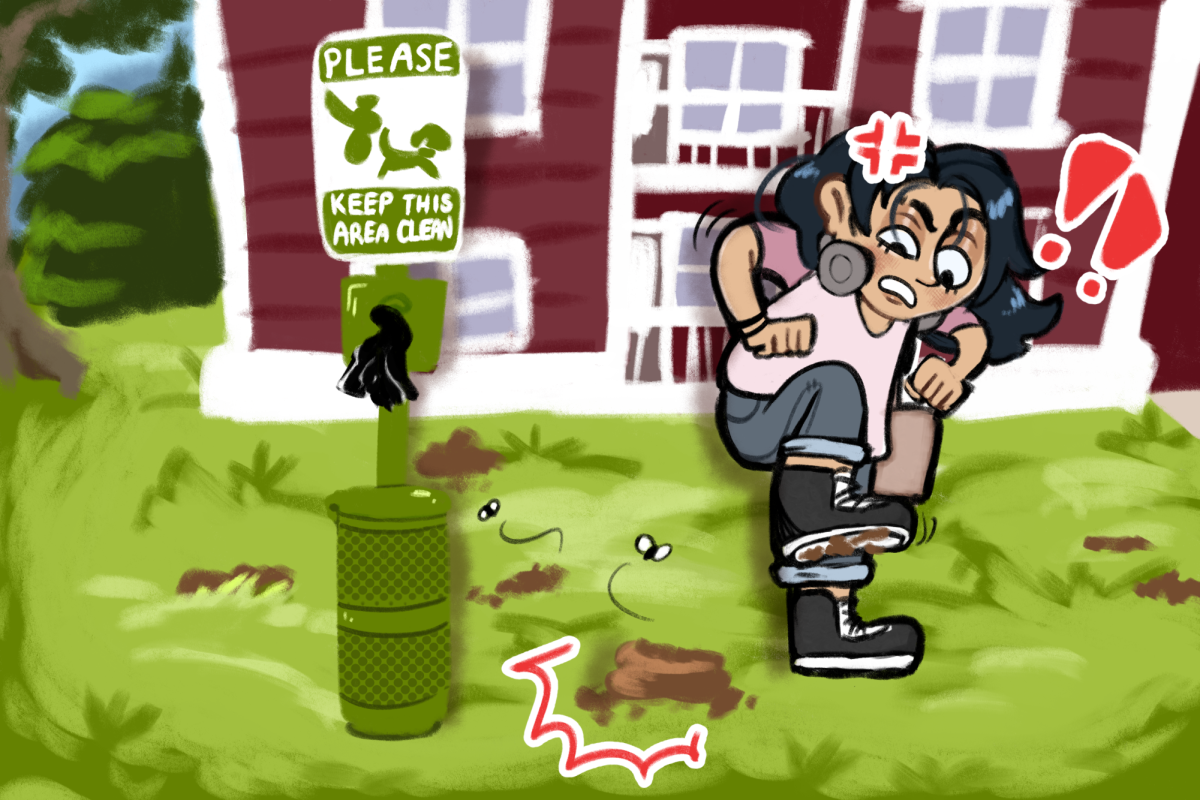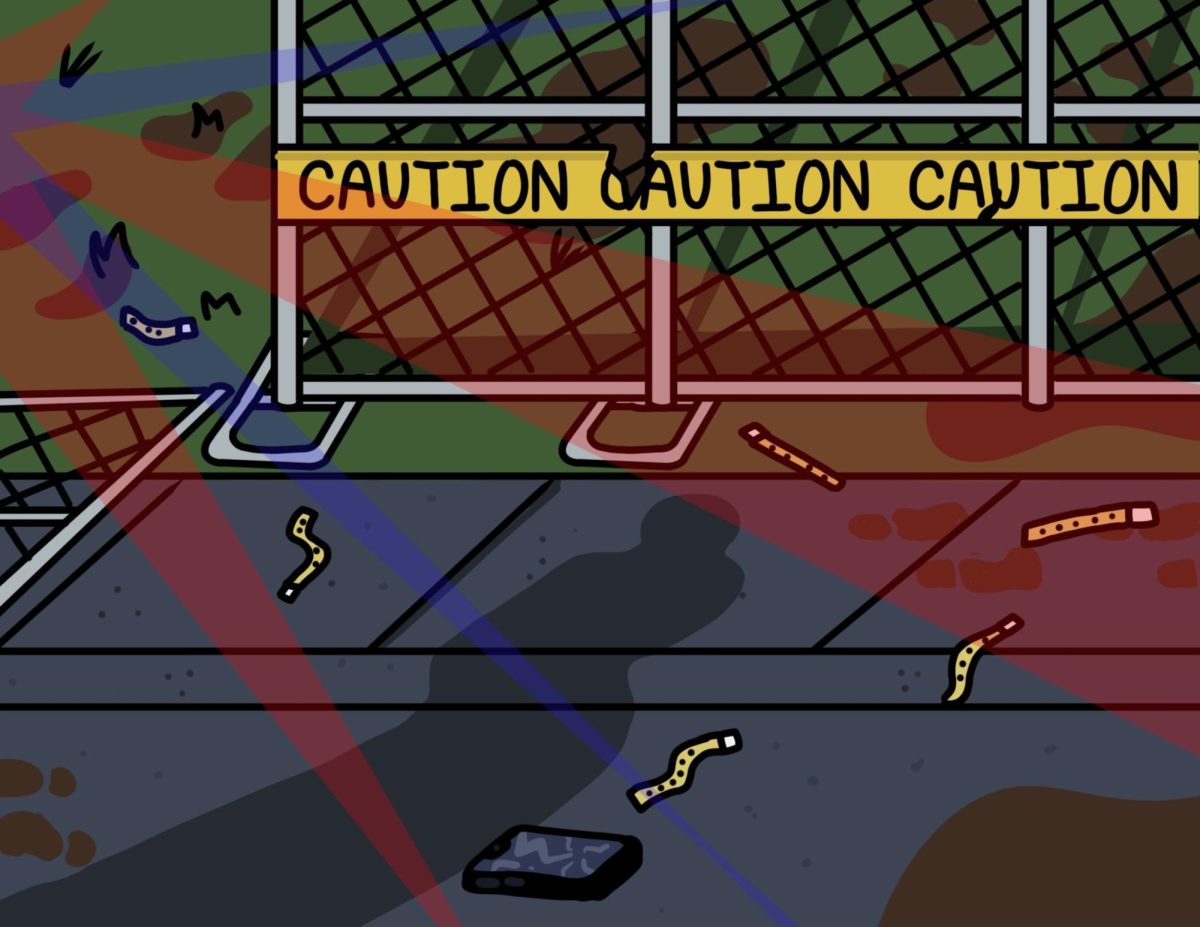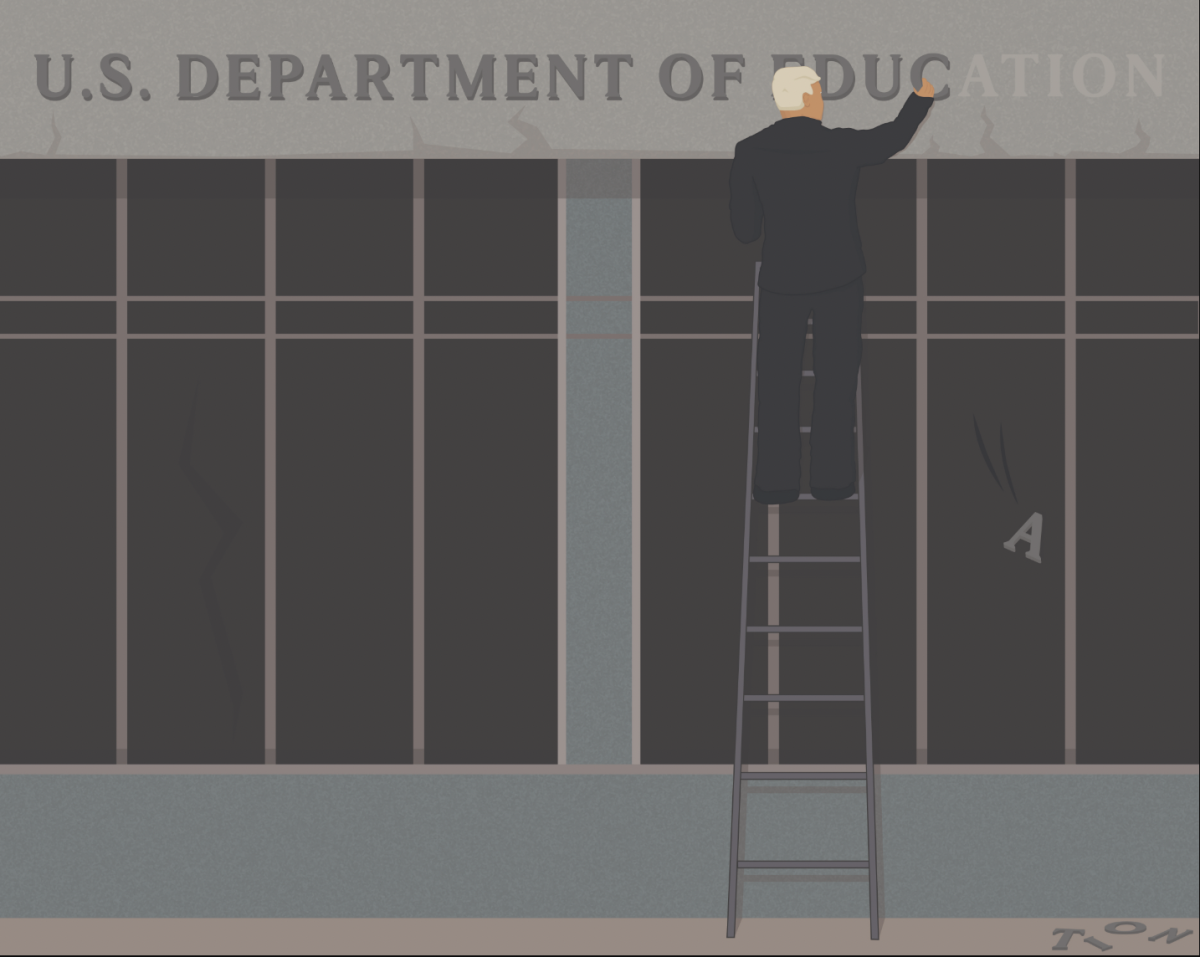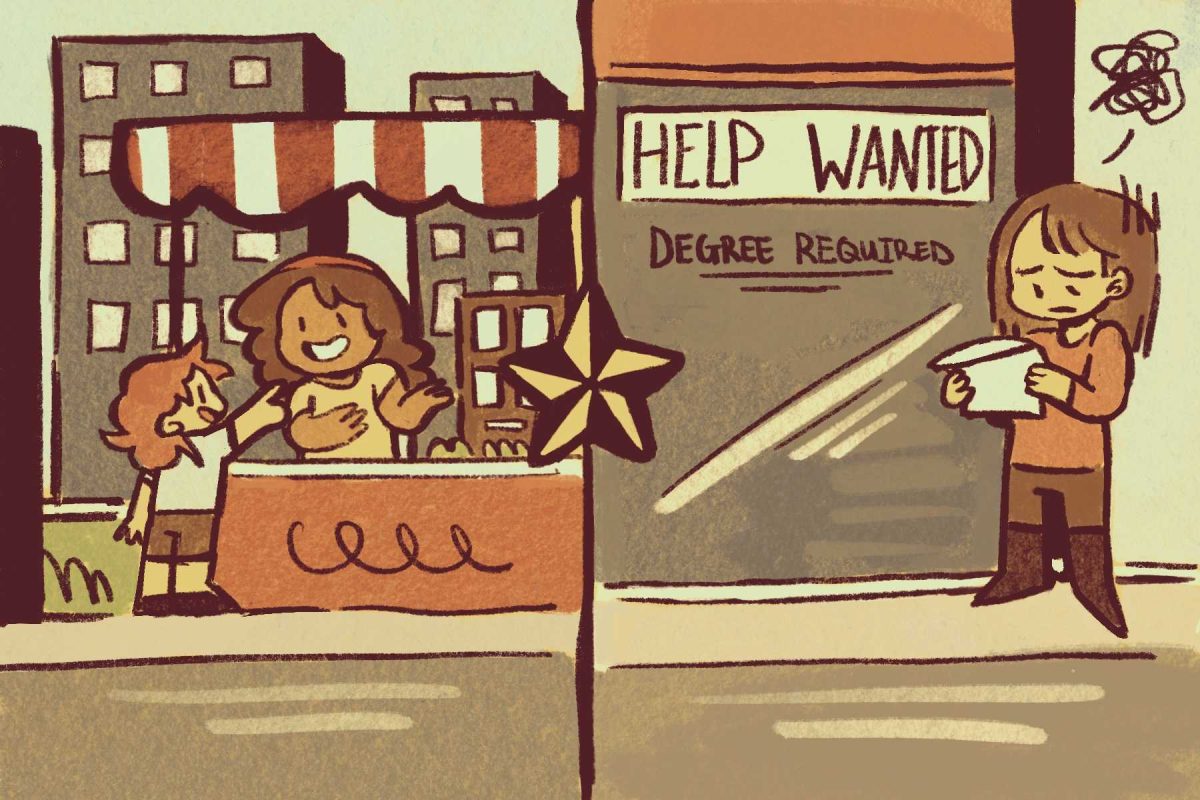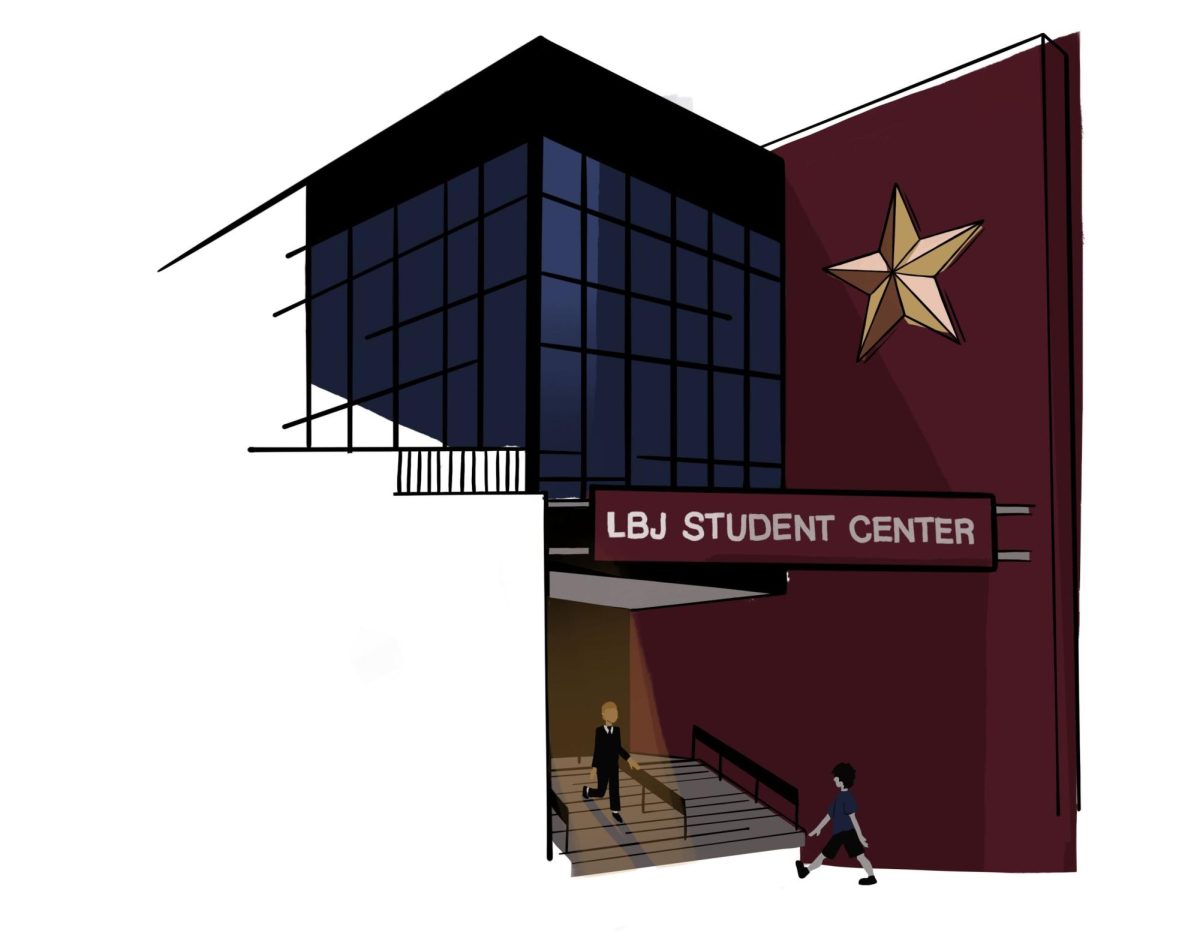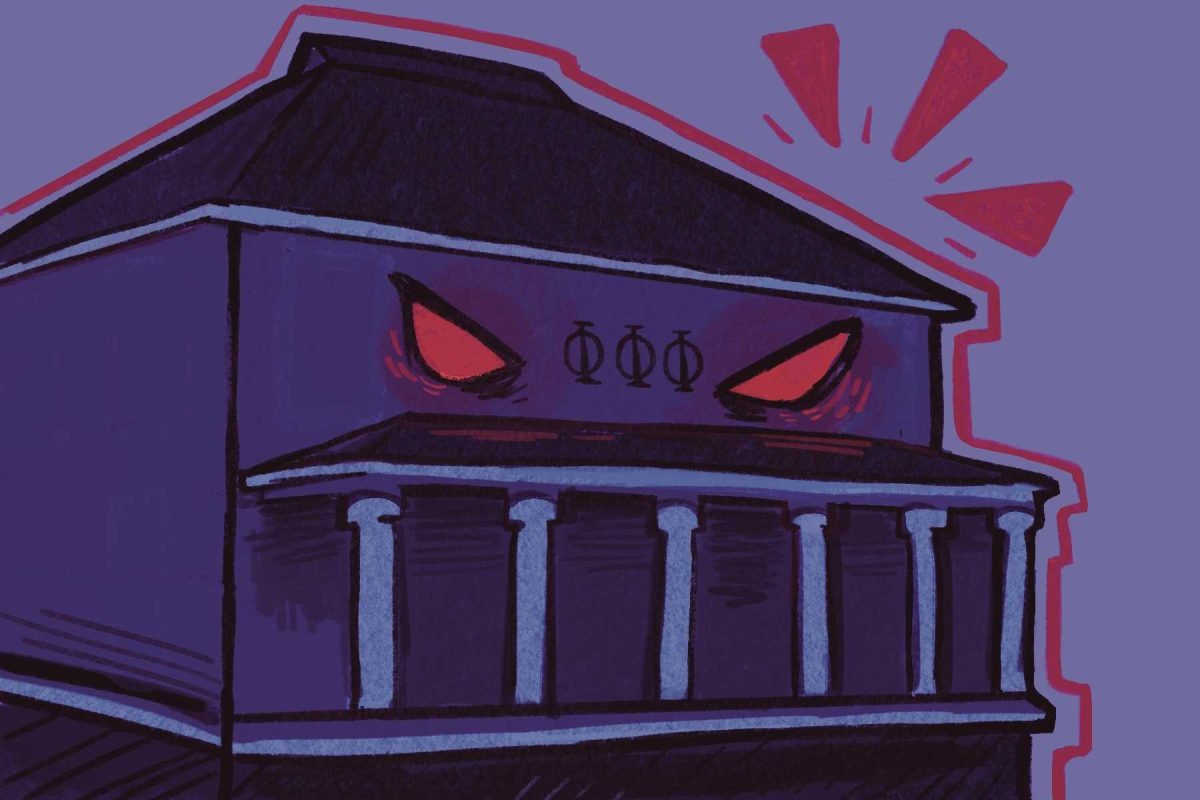As you walk through campus today, consider what birds see—a green live oak tree to roost in, a perch atop the Comal building, a delicious bug on the sidewalk, endless clear blue sky—oh wait! Oh no! That’s a window!
Window strikes—when birds collide with glass—are one of the biggest dangers to wild birds in the U.S.
According to the American Bird Conservancy, about one billion birds are killed in window strikes every year. That number is so large that it is only beaten out by one other danger—feral and domestic cats—as the biggest bird killer. You have probably witnessed a bird strike, or found a dead bird at the bottom of a building. Students have found several here on campus including the House Wrens, Yellow Warblers, Cliff Swallows and more.
Often, these birds are in the process of migration along the Central Flyway, one of the four major migratory paths birds take across the U.S. This flyway brings birds right through central Texas, including San Marcos and Austin, on their way to and from their established breeding grounds.
Texas State administrators often tout their dedication to following green building guidelines, making campus structures energy-efficient, planting trees, recycling and collecting rainwater. However, none of their current sustainability practices make room for birds—ironic on a campus known for its strong Wildlife Biology program and commitment to research on endangered bird species like the Golden-cheeked Warbler.
Administrators are proud of their new LBJ Student Center expansions, which are necessary to keep up with a growing student body with diverse needs. However, this expansion comes with a vast expanse of reflective glass windows—a death trap for birds.
Texas State is proud of its star alumnus Lyndon B. Johnson’s legacy, but one of the best ways to acknowledge his impact as president, which included signing over 300 pieces of conservation legislation, would be to make his namesake building not only a great place for people, but a great place for nature.
The windows are already installed in the expanded student center, and there are countless more windows across our large campus, but it is never too late to begin bird-proofing.
The American Bird Conservancy details several guidelines for bird proofing, as does conservationist Heidi Trudell, author of the Just Save Birds blog. Paracord can be stretched vertically across the outside of any window, evenly spaced from 3.5 to 4.25 inches apart. The same may be done with UV-reflective tape, easily available from businesses like CollidEscape, which provides several other solutions for homes and businesses alike.
These solutions are relatively cheap and should be included in construction and upkeep budgets as part of Texas State’s commitment to sustainability. Funds from the Environmental Service Fee, also, would be well spent on materials to prevent window strikes.
Between booming cat populations, air pollution, habitat loss, fragmentation and loss of critical vegetation, birds face enough hazards without having their migration journey cut short by a painful crash into glass. Through a relatively small step, we can provide a safe space through which birds can fly.
– Toni Mac Crossan is a biology graduate student
Opinion: Texas State should commit to bird-proofing campus facilities
February 10, 2020
0
Donate to The University Star
Your donation will support the student journalists of Texas State University. Your contribution will allow us to purchase equipment and cover our annual website hosting costs.
More to Discover



